
Paul Middleton
Within early modern medical texts, scattered among curatives for fevers, vomiting, aches, and pains, were remedies that targeted the many poisons and toxins that posed a threat to the lives of contemporaries. Whilst poisons have famously been reserved for elaborate assassinations and vengeful wives, the regular inclusion of antidotes within contemporary medical texts suggests a greater number of everyday cases. Accidental poisoning could have occurred through any number of means. The bite of a rabid animal, for example, could have proved fatal, whilst a simple root or herb had the ability to transform a common remedy into a deadly cocktail.1 In John Bate’s cure for a scald head he advised the reader to ‘have care where you set this water, for it is poyson’, which demonstrates that even remedies themselves could do more harm than good.2
The most common antidotes during this period were herbal, with many authors citing various plants, roots, or oils that possessed qualities that could repel the most common poisons. John Archer, for instance, promoted the effectiveness of olive oil, whereas John Bannister called for a plaister to be made from ‘Radicis ferulae that was gathered in the newe of the moone’.3 Yet authors also warned of poisons that required much more complex or potent antidotes, such as bites and stings from venomous beasts or curses cast by witches.4 Fortunately for these unfortunate victims, there was a small number of items that were believed could drive away any poison from the body, regardless of its strength or origin.
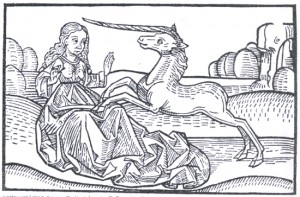
In his 1651 text James Primrose’s noted: ‘It can scarce be said, whether to the Bezaar stone, or to the Unicornes horn the common people attributes greater vertues, for those are thought to be the prime Antidotes of all’.5 The horn of a unicorn in particular was often described as being much more than just a simple antidote. It offered the user renewed strength and vigour, and had the ability to remove any contagion from the body, not just poisons.6
The majority of practitioners advised for the horn to be ground down into a powder, mixed with water, and drunk, however it could have also been just one ingredient within a much more complex antidote. In his Complete Herbal, for example, Nicholas Culpeper described a cordial powder made of, ‘Hart’s-horn, Unicorn’s horn, Pearls, Ivory, of each six grains beat[en] … into a fine powder’.7 The exotic and expensive nature of the ingredients listed here suggests that this cure was likely to have been reserved for the wealthy elite, as Culpeper himself noted. These patrons could have purchased a small amount of the powder from an apothecary when necessary, or, due to its rarity and power, a minority may have owned this curiosity as a symbol of their wealth and status.
Towards the end of his chapter Primrose draws the reader’s attention to the many examples of counterfeit horns, for example whalebones or elephant’s teeth, which suggests that there was a discernible market for the item.8 He even described an experiment to identify whether a horn was genuine, noting: ‘into an hollow horn they put a spider, which if she passe over they will have it to bee a counterfeit horn; but if she burst and die, it is natural.’9

Given the prevalence of the object within early modern remedies, and the inclusion of clauses such as this one, the extent of this counterfeit culture was evidently significant, yet it is impossible to determine what proportion of society believed in the horn’s existence. The item was surrounded by much scepticism, including from the prominent surgeon Ambroise Paré, who argued: ‘that this word, Unicorne, is not the proper name of any beast in the world, and that it is a thing onely feigned by Painters, and Writers of naturall things, to delight the readers and beholders’.10
It is probable, then, that people’s faith in the item came as a result of its perceived superiority, and its target market seemed to have reflected this. With the unicorn horn the early modern elite had the ability to purchase health, and to combat sickness and disease with money. The need to have control over those everyday poisons that threatened life was what stimulated a counterfeit culture, and created widespread belief in the powers of this mythical horn.
 Paul recently completed an MA in Medical History at the University of Exeter, which looked at the masculine body in early modern anatomical imagery. He is now working as an Editorial Assistant at Adam Matthew Digital, helping to create unique primary source resources from archives around the world. In the future he hopes to complete a PhD and make a return to academia. His blog, Medical Historia, aims to give a basic introduction to various avenues within the history of medicine
Paul recently completed an MA in Medical History at the University of Exeter, which looked at the masculine body in early modern anatomical imagery. He is now working as an Editorial Assistant at Adam Matthew Digital, helping to create unique primary source resources from archives around the world. In the future he hopes to complete a PhD and make a return to academia. His blog, Medical Historia, aims to give a basic introduction to various avenues within the history of medicine
1 W. A. Jackson, ‘Antidotes’, Trends in Pharmacological Sciences 23 (2002), 96.
2 J. Bate, The Mysteryes of Nature, and Art Conteined in Foure Severall Tretises, the First of Water Workes the Second of Fyer Workes, the Third of Drawing, Colouring, Painting, and Engrauing, the Fourth of Divers Experiments, as wel Serviceable as Delightful (London, 1634), p. 177.
3 J. Archer, Every Man His Own Doctor in Two Parts (London, 1671); J. Bannister, An Antidotarie Chyrurgicall Containing Great Varietie and Choice of all Sorts of Medicines that Commonly Fall into the Chyrurgions Use (London, 1589), p. 281.
4 For examples see: T. Adams, A Divine Herball Together with a Forrest of Thornes (London, 1616), pp. 123-4; G. Mackenzie, The Laws and Customes of Scotland, in Matters Criminal Wherein is to be Seen how the Civil Law, and the Laws and Customs of Other Nations do Agree with, and Supply Ours (London, 1678), Title X.
5 J. Primerose, Popular Errours. Or the Errours of the People in Physick, First Written in Latine by the Learned Physitian James Primrose Doctor in Physick (London, 1651), pp. 359-60.
6 For example see: A. Paré and T. Johnson (trans.), The Workes of That Famous Chirurgion Ambrose Parey Translated Out of Latine Compared With the French (London, 1634), p. 812; and W. Bullein, Bulleins Bulwarke of Defence Against All Sicknesse, Soarenesse, and Woundes That doe Dayly Assaulte Mankinde (London, 1579), which claims the horn can be used to cure jaundice.
7 N. Culpeper, The Complete Herbal
8 Primrose, Popular Errours. Or the Errours of the People in Physick (London, 1651), p. 369.
9 Ibid., pp. 369-370.
10 A. Paré ,The Workes of That Famous Chirurgion, p. 814.
© Copyright Paul Middleton, all rights reserved.
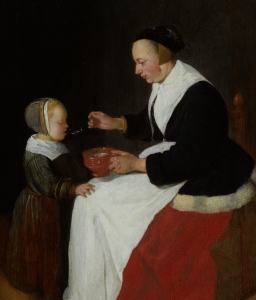
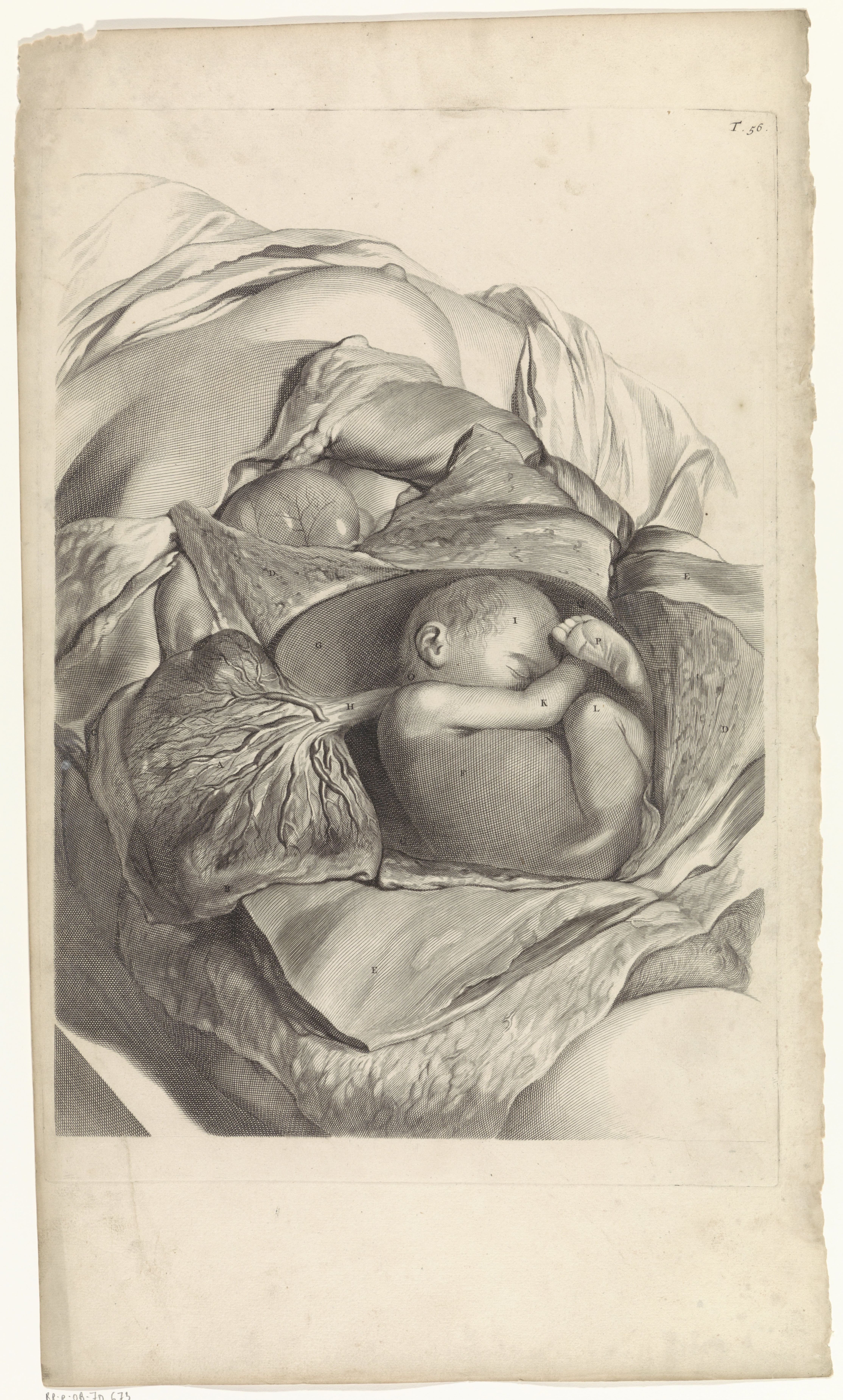
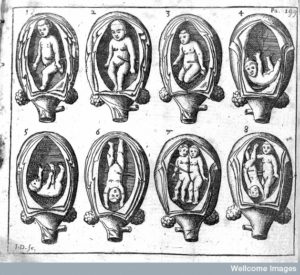
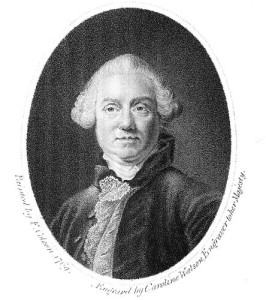
Are the terms ‘harts horn’ and unicorns horn’ sometimes used interchangeably? If not, were there any magical properties associated with harts horn?
They weren’t interchangeable as far as I know, other than potentially being a substitute for each other if you couldn’t get hold of one ingredient or the other. Unicorn horn was usually rhino tusk or narwhal tusk. Harts Horn is usually from a Hart or male deer. Depending on the era and the outlook of the practitioner all substances might have what were described as ‘occult’ properties – natural properties that were hidden from the understanding of men. This usually worked through sympathy or the doctrine of signatures where something that resembled a part of the body would work on that part of the body.
May I respectfully point out that Culpeper ‘suggested’ no such cordial powder. It was created by Jean Fernel in the 16th century, included by the College of Physicians of London in their Pharmacopoeia and translated by Culpeper in 1649 as A Physical Directory for all to read. Culpeper appended comments, and on Fernel’s cordial powders he wrote “…All these are cordial powders, and seldome above half a dram of them given at a time, I suppose more for the cost of them than any ill effects they work, they are too high for a poor man’s purse, the rich may mix them with any cordial syrup or electuary which they find appropriated to the same use these are”.
I can amend the wording, however, it is worth noting that translating these and including them in the text means that readers may well have seen them as suggestions.